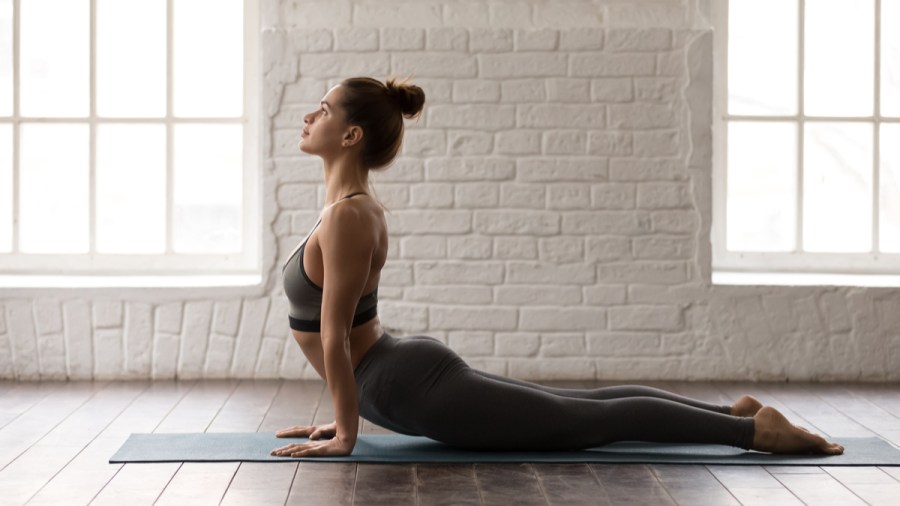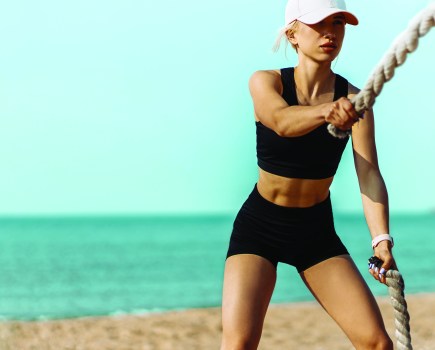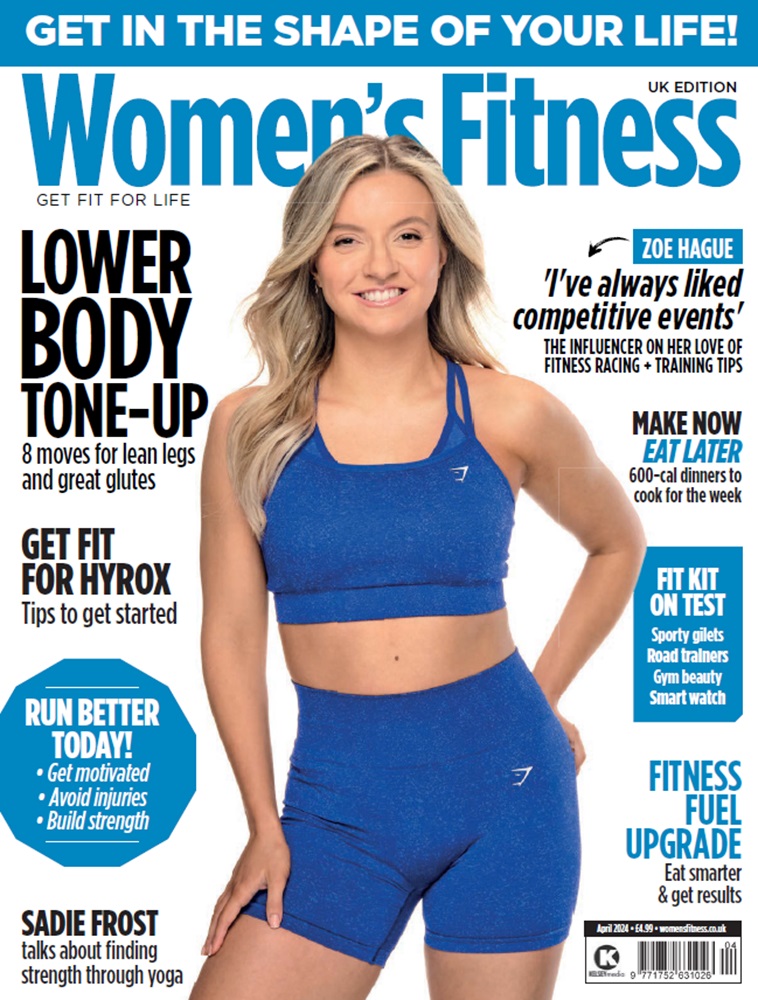Today (June 21) is International Yoga Day! Read on for a complete guide to yoga for beginners, from finding a class to the essential kit you’ll need…
Yoga for beginners: ask the experts
Yoga is becoming increasingly popular in western culture. The fitness craze, which combines different stretches, poses and exercises with controlled breathwork, can be traced back to northern India over 5,000 years ago. Despite its popularity, many beginners are put off by yoga, falsely believing they must be flexible, strong and spiritual to succeed. However, we’ve gathered some expert advice on yoga for beginners, from Mira Khreino from KX Yoga and Jo-Leigh Morris from BXR London, to prove that anyone can enjoy yoga as part of their fitness regime…
How do I know if yoga is right for me?
Mira: If you value strength and flexibility in your body, inner calm, self-care and mindfulness, then yoga is for you. In fact, yoga is for everyone – from those stuck behind a desk all day, to professional Olympians, to stressed-out teenagers, and to those in their golden years.
There are many different types of yoga to suit all temperaments, physical ability and age. You needn’t be flexible or physically fit to participate, and it requires no special talent. It requires the will to learn something new, an investment in one’s own wellbeing and a desire to lead a healthier life.
While some people are attracted to yoga for its ability to strengthen the body, improve mobility and tone muscle, others find that the physical practice of yoga is a mere gateway into spiritual exploration.
People with a range of health conditions, such as hypertension, diabetes, heart disease or spinal problems, have benefited from introducing yoga to their lives (however, if you suffer from a medical condition, please ask your doctor for advice before starting any physical programme).
Jo-Leigh: Yoga is right for everyone. Depending on what you are looking to achieve, whether it be a more spiritual, strength, power or flexibility goal, there are different classes you can attend to suit your needs.
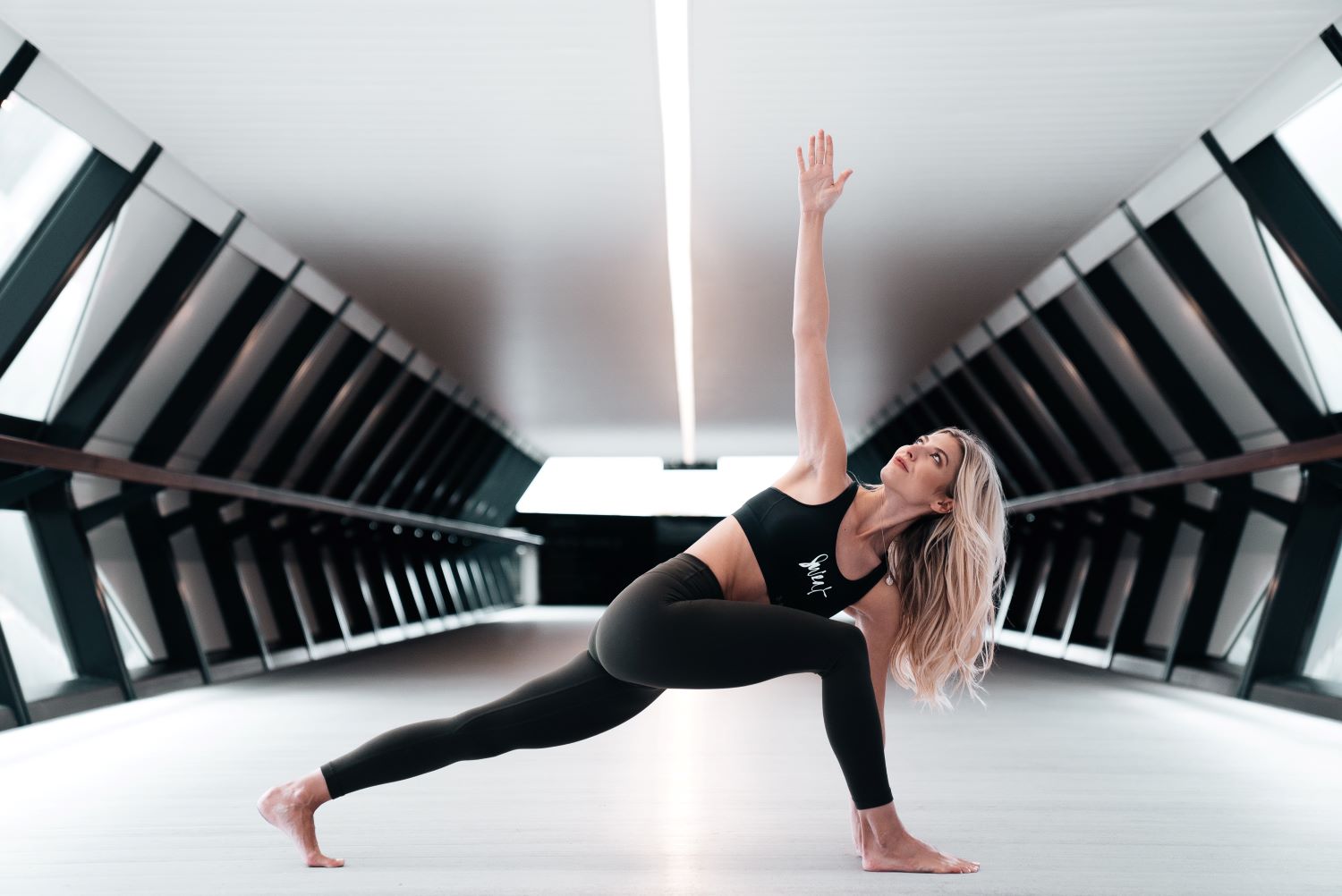
Jo-Leigh from BXR London: ‘Yoga is right for everyone. There are different classes you can attend to suit your needs.’
What is the best type of yoga for beginners?
Mira: There are different types of yoga – some are more physically demanding while others are more restorative and meditative, and some classes will cater to a particular age group or physical ability.
As a reference point, ‘mixed level’ classes attract a variety of students with differing degrees of ability, so you may find a few seasoned practitioners and one or two beginners in such a class. Most open classes (or mixed level classes) assume a degree of physical ability, enough to get up and down from the floor, and to move limbs without much hindrance. Beginners in a mixed level class should inform the teacher at the start. Alternatively, beginners may prefer to attend a ‘beginner’ or ‘hatha’ class in order to learn the fundamentals and to have time to explore poses.
If you’re a beginner, do notify the teacher at the beginning of class. This ensures that you get the attention needed and are given any modifications if necessary. A teacher will often refer to the act of you doing yoga as a ‘practice’ rather than a workout. ‘Your practice’ refers to your individual experience of yoga as it develops over time. Your personal practice is always evolving and changing, so even though the poses don’t necessarily change, your relationship to the poses does. A practitioner’s experience in the practice on any given day is unique.
Jo-Leigh: Hatha Yoga is best for beginners – it’s a slower-paced class covering the basics and holding each pose for a few breaths.
What are the most common styles of yoga?
Mira: There are so many different styles of yoga nowadays. It is unfair to say that any style is more authentic or better than another. It is a matter of taste and finding a teacher and a style that suits you best.
Ashtanga, vinyasa, and dynamic yoga are quite fast-paced and can flow vigorously from one pose to the other in quick succession. These forms are quite physical and athletic in nature and a practitioner can produce quite a lot of heat in the body and often sweats. Hatha yoga is slower, with a focus on one pose at a time rather than the flow of poses. Iyengar yoga is an alignment-precision-based practice where one holds poses for longer durations of time with an emphasis on body positioning. Kundalini yoga focuses on awakening latent energies and is quite spiritual in nature. Kundalini yoga cleanses the body through breathing techniques, physical pose and meditation.
Even though the styles are different, there is much overlap with poses, breathing and meditation methods. All practices are understood as yoga and the difference in approach depends greatly on the tradition of the teacher.
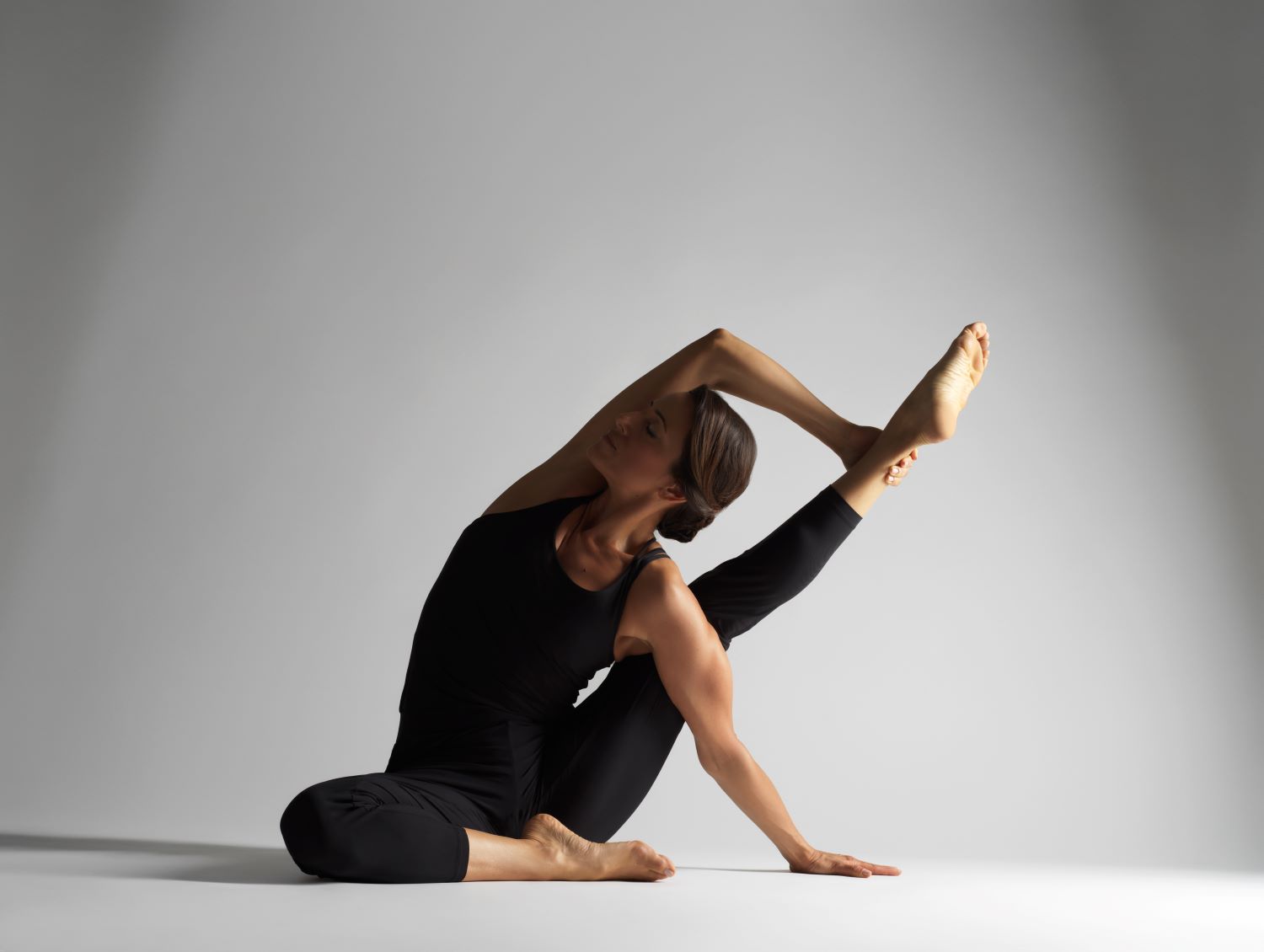
Mira from KX Yoga: ‘There are so many different styles of yoga nowadays. It is a matter of finding a style that suits you best.’
How do I find a yoga class and what should I wear?
Mira: Many gyms and leisure centres offer yoga on their schedule nowadays. Yoga centres have also become very popular over the past 10 years, with centres popping up in every neighbourhood. Speak to the centre reception team to find out what classes suit your level and inclination. I would recommend trying different teachers and styles to find the one that resonates best.
Wear comfortable, breathable and stretchy clothing. Chances are you’ll be stretching and you wouldn’t want a tight pair of shorts to hinder you. While some people love loose-fitting natural fabrics, others prefer stretchy workout attire – both work well. You may also want to take a little towel with you. Top tip: go in barefoot!
Jo-Leigh: Many gyms have regular yoga classes on the timetable, like at BXR. Alternatively, there is so much choice with many wellness studios and which are easy to find.
You should wear comfortable, lightweight clothing that you are able to move freely in. I personally suggest a light pair of slouchy bottoms and a supportive top.
We recommend:
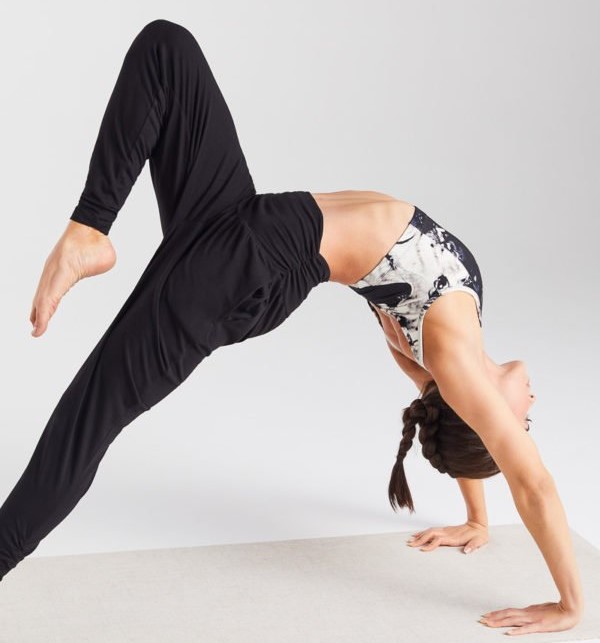
The yoga activewear range from BAM is designed for comfort
The Yoga & Pilates Activewear range from BAM (from £19). The ultra-light and breathable clothing, which is made from natural bamboo fibres, ranges from slouchy hoodies to tight-fitting leggings. It’s designed with comfort in mind, so you can focus on enjoying your yoga practice!
Do I need any additional kit for yoga?
Mira: Most gyms and yoga centres will have mats and blocks (both of which I recommend), so there’s no need to bring anything other than yourself, openness and receptivity. After a couple of months of practising, most people buy their own mat. It’s a yoga milestone!
Jo-Leigh: The studios will supply the equipment, including mats, blocks and straps. However, if you are serious about taking your practice home with you, I suggest you invest in your own kit.
We recommend:
KIN Yoga Mats (from £55). KIN is one of the only yoga mat brands with 100 per cent plastic-free packaging. Each super-durable mat is made with sustainably and ethically sourced natural rubber – nothing artificial! Plus, they come in a wide range of patterns and colours.
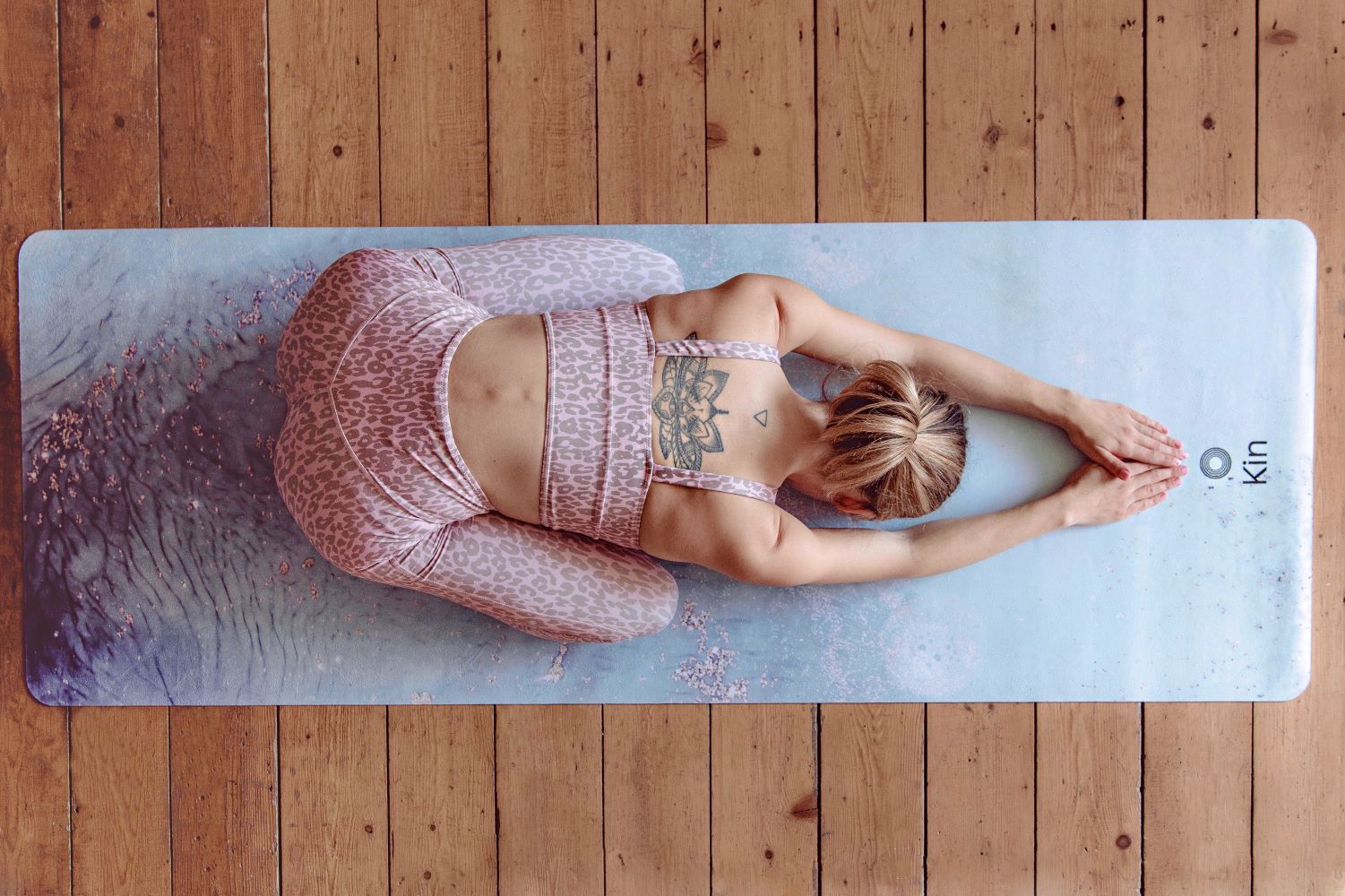
The yoga mats from KIN are sustainable and durable
How often should I practise yoga as a beginner?
Jo-Leigh: It depends on what you are looking to get from yoga. Begin with two classes a week, and then if you want to deepen your practice, increase the amount you go.
How do I progress my yoga practice?
Mira: There are a number of ways to dedicate more time, effort and energy into your practice. The first is simply attending more classes and integrating yoga into your day-to-day life. The second is through workshops (day-long events), immersions (3- to 5-day events) and retreats (longer stays away). Spending a longer time absorbed in the practice and around like-minded people can feel nourishing and nurturing, as well as take you further on your yoga journey.
Spending more time on the mat creates more space in our bodies and minds, gives us the time and space to be with ourselves, cultivates a non-reactivity and equanimity within us so we are better equipped to deal with adversity, and calmer in the face of challenge. A dedicated practice can help us travel through life with greater inner balance, tolerance, mindfulness, serenity and happiness.
Jo-Leigh: Quite simply, practice makes perfect – the more yoga you do, the more you will progress.

